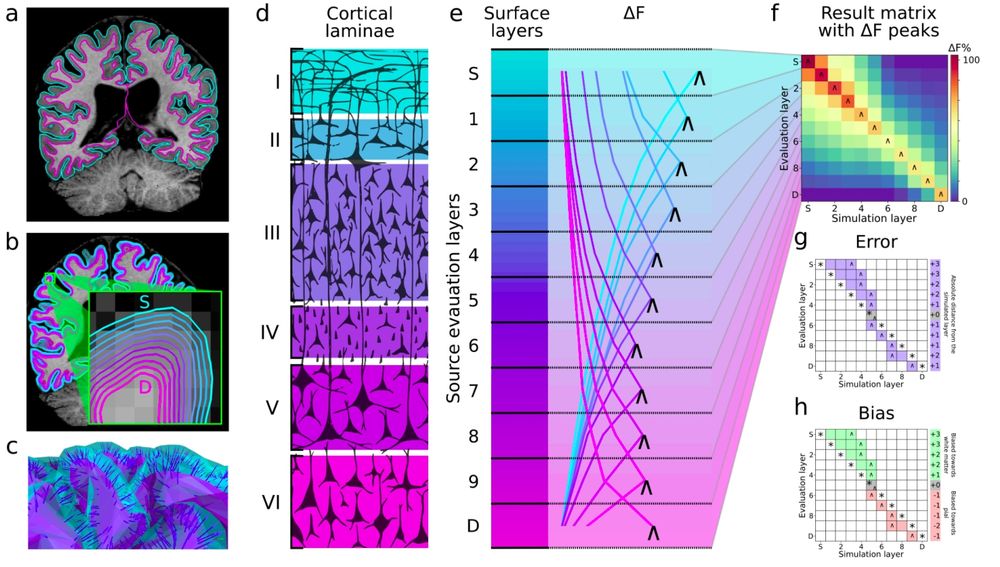Holly Rayson
@hollyrayson.bsky.social
94 followers
160 following
1 posts
Postdoctoral researcher at the CNRS. Interested in early neurocognitive development, effects of early social experience, and social cognition.
Posts
Media
Videos
Starter Packs
Reposted by Holly Rayson
Reposted by Holly Rayson
Reposted by Holly Rayson
Reposted by Holly Rayson
Reposted by Holly Rayson
Reposted by Holly Rayson
Holly Rayson
@hollyrayson.bsky.social
· Dec 10







